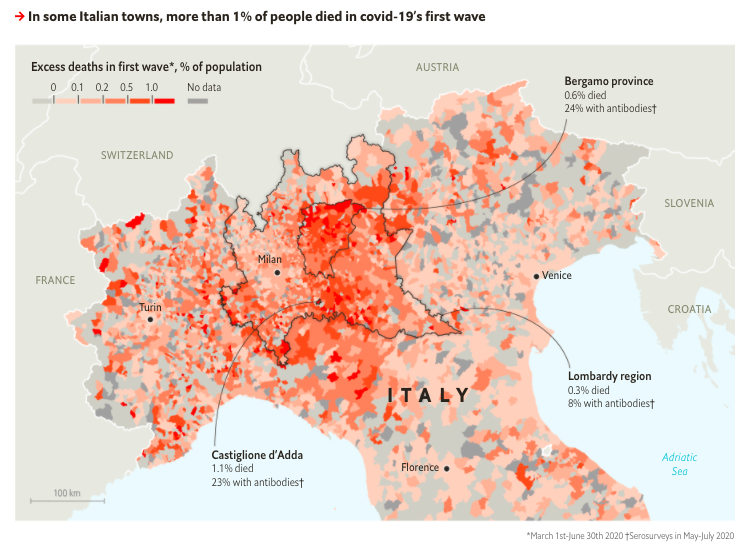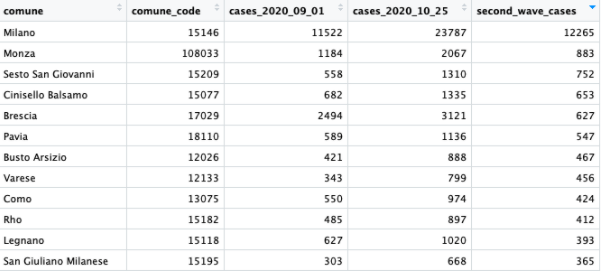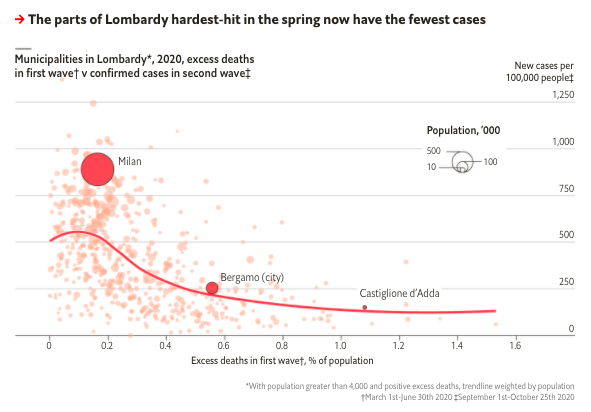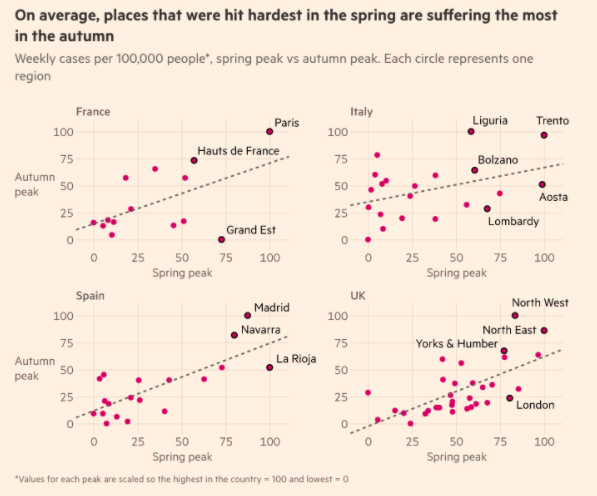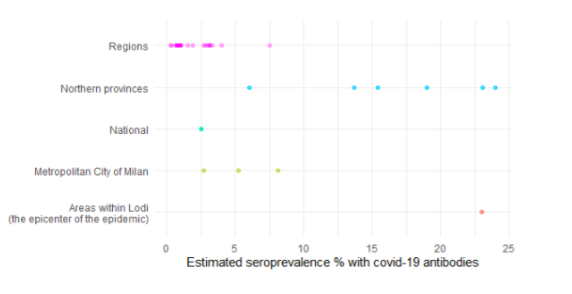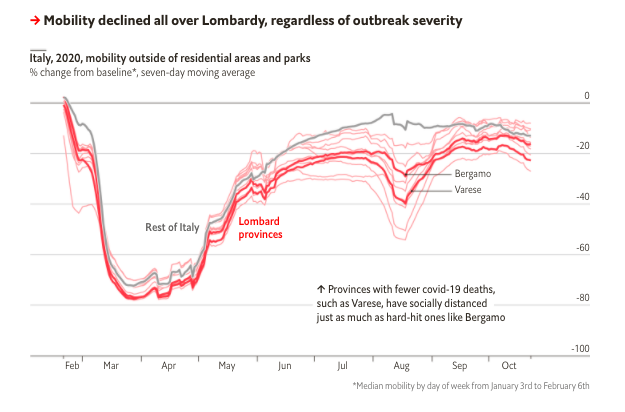EXCLUSIVE: @TheEconomist has obtained data implying that parts of northern Italy have gained enough immunity to substantially slow down the spread of covid-19. (1/9) https://www.economist.com/graphic-detail/2020/10/31/italian-towns-hit-hardest-by-covid-19-are-doing-better-now">https://www.economist.com/graphic-d...
Using data from @istat_it, we calculated how many excess deaths occurred in 7,300+ Italian municipalities between March 1st and June 30th. This remarkable map is by @_rospearce. (2/9)
For each of Lombardy’s 1,300+ municipalities, we calculated how many new cases they have recorded since September 1st. The regional government tracks these numbers internally, and @EasyInve helped us acquire them. (3/9)
When we compared these second-wave cases to first-wave deaths, we found a clear pattern: the municipalities that suffered the most deaths in the spring are recording the fewest new infections in autumn. (4/9)
These towns may be the first pockets of Europe with enough immunity to restrain covid-19. Unfortunately, the regions and cities hit hardest in spring are generally recording the most cases now, according to @ftdata. (5/9)
This is supported by serosurveys, which @Sondreus has analysed. 24% of Bergamasques had detectable antibodies in July. By contrast, no European country has a nationwide seroprevalence above 7%. (6/9)
Social distancing has helped in Lombardy, which has the lowest Google mobility levels of any Italian region. But as @DanRosenheck spotted, that decline is similar across the region, suggesting that immunity played a bigger role in the worst-hit municipalities. (7/9)
All this implies that >25% antibodies + social distancing might slow down covid-19 - but the world is still far from that goal. Bergamo’s worst-hit towns lost >1% of residents before restraining the virus. Hopefully, other places can gain that benefit at a less awful cost. (8/9)
We have published all the data and R scripts that we used for this analysis on GitHub, in case you want to inspect or reproduce it. (9/9) https://github.com/TheEconomist/covid-19-italy-herd-immunity-GD">https://github.com/TheEconom...

 Read on Twitter
Read on Twitter